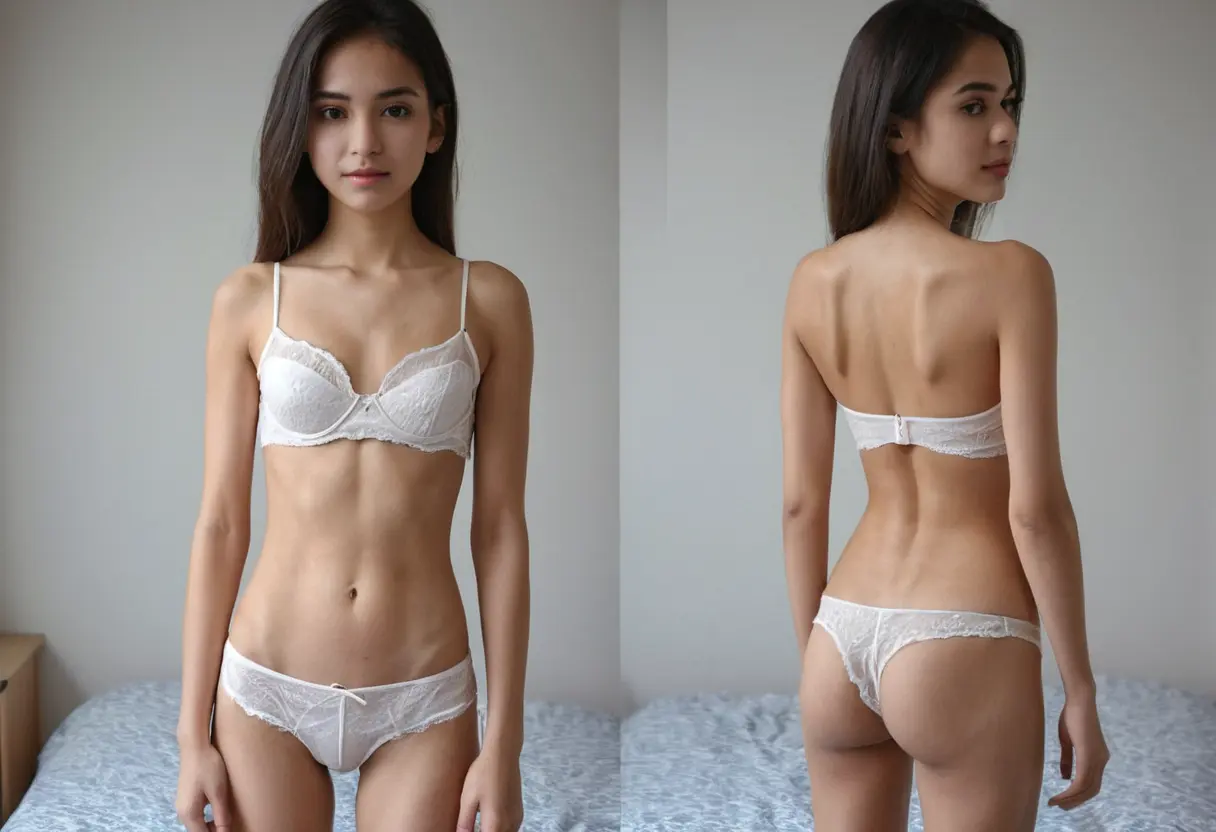Understanding AI Undress Results How Artificial Intelligence is Transforming Visual Analysis
Understanding AI Undress Results
Artificial Intelligence (AI) is rapidly transforming various fields, and one of the most intriguing applications is in visual analysis. This technology, often associated with image recognition and processing, has made significant strides in understanding and interpreting visual data. In this article, we will explore how AI undress results are reshaping the landscape of visual analysis, the underlying technologies, ethical considerations, and the potential future of this technology.
The Mechanisms Behind AI Visual Analysis
AI visual analysis involves the use of sophisticated algorithms and neural networks to process and interpret images. At its core, this technology relies on several key components:

- Machine Learning: This is the backbone of AI, where algorithms learn from vast datasets to recognize patterns and make predictions.
- Deep Learning: A subset of machine learning, deep learning uses multi-layered neural networks to analyze complex visual data, improving accuracy and efficiency.
- Computer Vision: This technology allows computers to interpret and understand visual information from the world, enabling them to "see" in a way similar to humans.
By combining these elements, AI can produce undress results that highlight significant features and patterns within images, paving the way for applications across various industries.

Applications of AI in Visual Analysis
The applications of AI in visual analysis are vast and varied. Here are some notable areas where this technology is making an impact:

- Healthcare: AI is used to analyze medical images, aiding in the early detection of diseases such as cancer by identifying anomalies that may be missed by human eyes.
- Security: In security systems, AI enhances facial recognition technology, improving surveillance capabilities and assisting law enforcement in identifying suspects.
- Retail: Retailers utilize AI to analyze customer behavior through visual data, enabling personalized marketing strategies and improved customer experiences.
- Autonomous Vehicles: AI-driven vehicles rely heavily on visual analysis to interpret their surroundings, making real-time decisions based on the data collected from cameras and sensors.
These applications demonstrate the transformative power of AI in visual analysis, streamlining processes and improving outcomes across sectors.
Ethical Considerations in AI Visual Analysis
While the benefits of AI undress results are significant, they also raise important ethical questions. Some of the key considerations include:
- Privacy: The ability of AI to analyze images raises concerns about individual privacy rights, particularly in contexts where personal images may be used without consent.
- Bias: AI systems can inadvertently perpetuate biases present in training data, leading to skewed results and reinforcing stereotypes.
- Transparency: There is a growing demand for transparency in AI algorithms, especially regarding how visual data is processed and the criteria used for analysis.
Addressing these ethical concerns is crucial to ensure that AI technology is used responsibly and equitably.
The Future of AI in Visual Analysis
Looking ahead, the future of AI in visual analysis holds immense potential. Advances in technology will likely lead to:
- Enhanced Accuracy: Continued improvements in machine learning algorithms will increase the accuracy of visual analysis, making AI even more reliable in critical applications.
- Integration with Augmented Reality: AI could seamlessly integrate with augmented reality (AR) systems, offering real-time visual analysis that enhances user experiences in various fields.
- Broader Accessibility: As AI technology becomes more affordable and user-friendly, a wider range of industries will be able to leverage visual analysis, democratizing access to these powerful tools.
These developments will further solidify AI's role in visual analysis, driving innovation and efficiency in numerous sectors.
Conclusion
In conclusion, AI undress results signify a remarkable advancement in visual analysis, revolutionizing how we interpret and interact with visual data. The technology's mechanisms,undress ai tool applications, and ethical considerations highlight both its capabilities and challenges. As we move forward, embracing the potential of AI while addressing ethical concerns will be essential in harnessing its full power. With continued advancements, AI is poised to play a pivotal role in shaping the future of visual analysis across various industries.
Weekly hotspots
- Discover the Power of Nudify AI for Seamless Virtual Undressing
- Discover the Future of Fashion with AI Clothes Undress Innovations
- Discover the Best Free AI Undress Apps for Fun and Creativity
- Understanding the Ethical Considerations of Free AI Undressing Innovations
- Explore the Benefits of Undress AI for Seamless Nudification
- Unlock Free Access with Undress AI Promo Code Today





